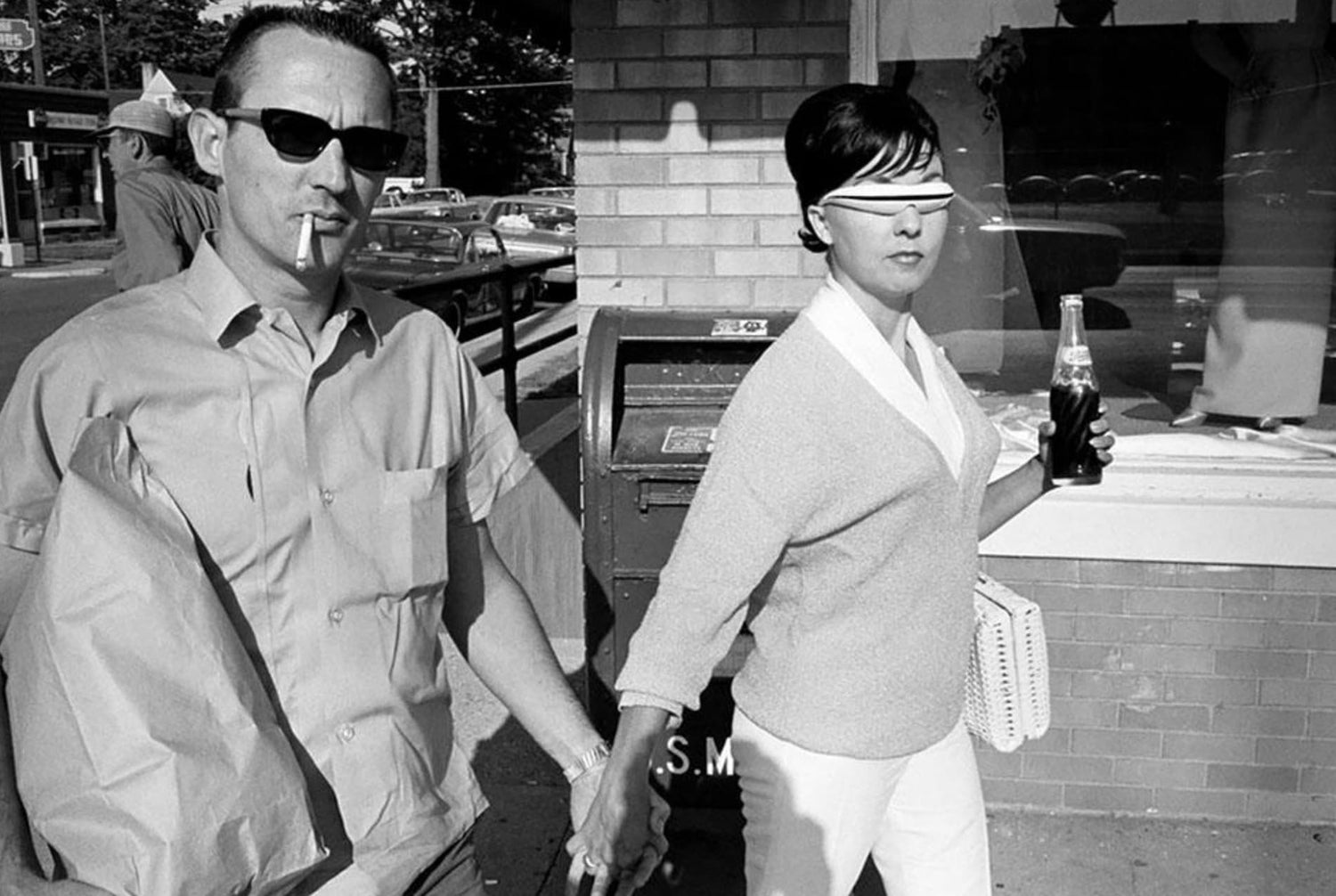
The Allure of Tortoise
The Allure of Tortoiseshell
A pattern that never fades.
Wrapped in a black Givenchy gown, layered pearls, and oversized tortoiseshell sunglasses, Audrey Hepburn’s Holly Golightly steps onto Fifth Avenue in the iconic opening scene of Breakfast at Tiffany’s. The frames did more than complete the look; they became a signature, a softly sculpted declaration of elegance and control.
For decades, tortoiseshell has framed the faces of cultural icons. Think James Dean’s rebellious edge. Jackie Kennedy’s effortless glamour. Today, the pattern has returned with bolder silhouettes, translucent blends, and unexpected gradients. And yet, its soul remains the same: sophisticated, versatile, timeless. When you put on a pair, you’re not just referencing vintage style. You’re entering a lineage of taste, an appreciation for materials, heritage, and thoughtful design.
Few styles in eyewear have stood the test of time like tortoiseshell. A marbled dance of warm ambers, deep browns, and golden honey tones, these glasses don’t shout—they resonate. While the pattern may feel familiar, its legacy is anything but ordinary.

Originally crafted from real hawksbill turtle shell, tortoiseshell was once a rare luxury—revered for its depth and striking organic pattern. Artisans would heat and flatten the shell into thin sheets, then sculpt and polish each piece by hand. No two were ever the same. Each surface carried the imprint of nature—its asymmetry, its depth, its honesty.
In the 17th and 18th centuries, tortoiseshell was one of the most coveted materials in decorative art, it was a symbol of aristocracy and artistic mastery. Its journey into fashion began not on faces, but in royal courts. Under the patronage of King Louis XIV, French cabinetmaker André-Charles Boulle transformed it into a medium of pure opulence—fusing it with brass and ebony to craft intricate inlays for royal furniture. These were not just functional pieces; they were works of power, precision, and prestige.
Tortoiseshell was a signal of refinement. But the process was as unsustainable as it was meticulous. By the 1970s, growing ethical concerns led to the global ban of natural tortoiseshell. Enter acetate: a rich, sculptable, and ethical alternative that captured the look and feel of the original without the harm. While the material changed, the look endured. Modern frames continue to echo the essence of their past.
More than a pattern, tortoiseshell is a statement of quiet complexity. Its beauty lies in its contradiction: classic but never outdated, soft but structured, grounded yet expressive. It can shift across decades and personalities. And in today’s landscape of fast fashion and disposable accessories, tortoiseshell stands out by aging gracefully—inviting time to deepen its character.
At AZYR Specs, we see tortoiseshell as more than just a colorway—it’s a canvas of personality. No two patterns are alike, and that’s precisely the point. Like fingerprints, each acetate cut tells its own story. It’s this uniqueness we’re drawn to, this lived-in beauty that feels like it belongs.
Looking to add dimension to your daily look?
→ Discover our collection of vintage tortoiseshell frames. Each one curated with care. Each one cut to last.
Because timeless isn’t a trend. It’s a lens.

